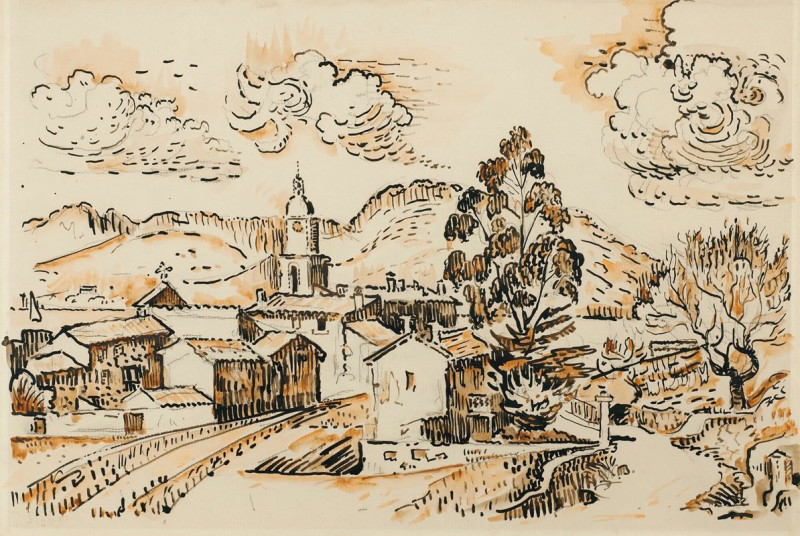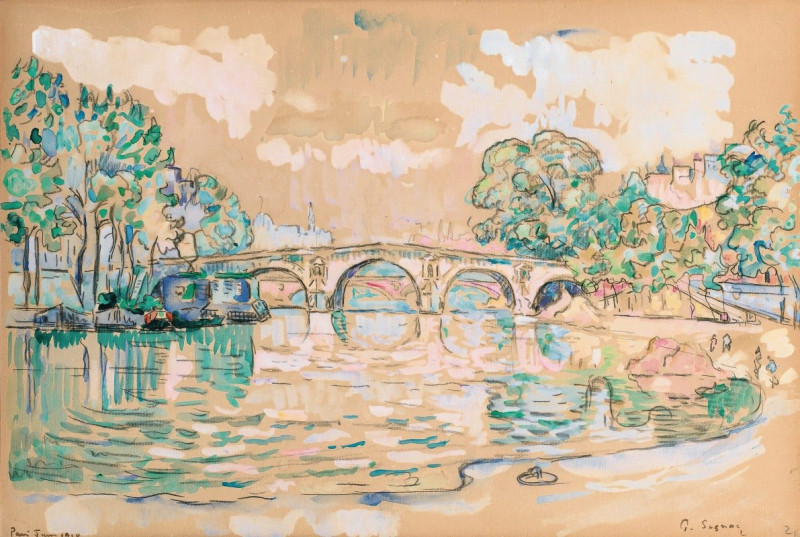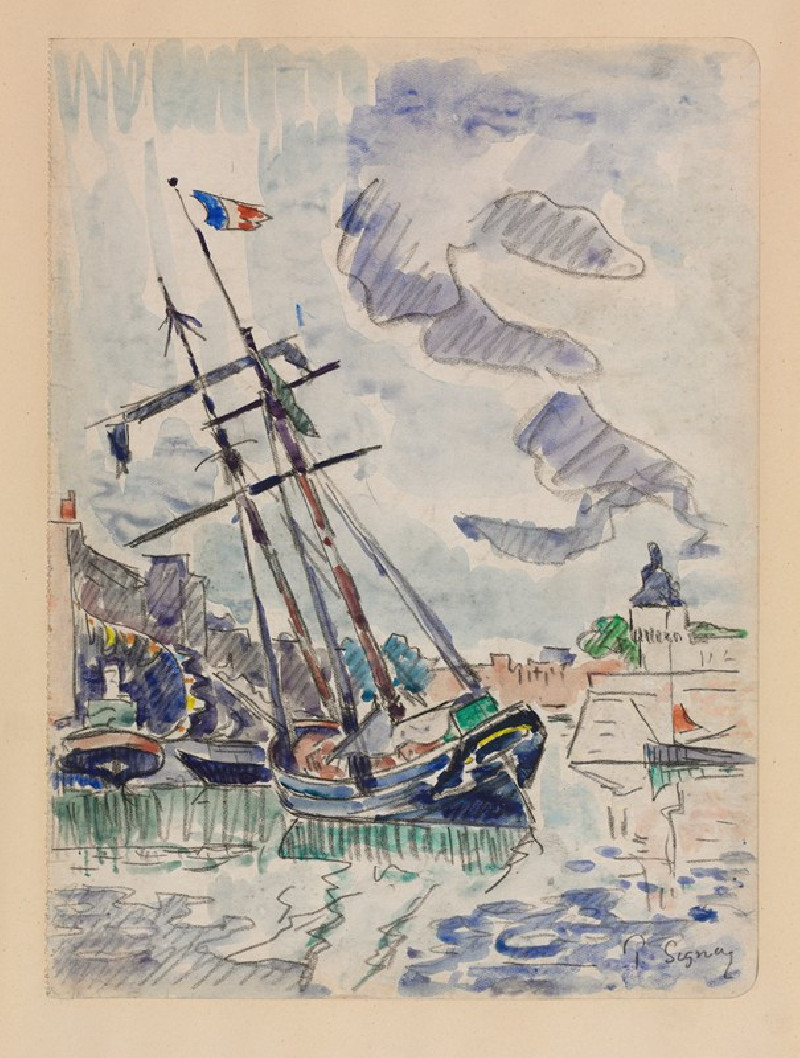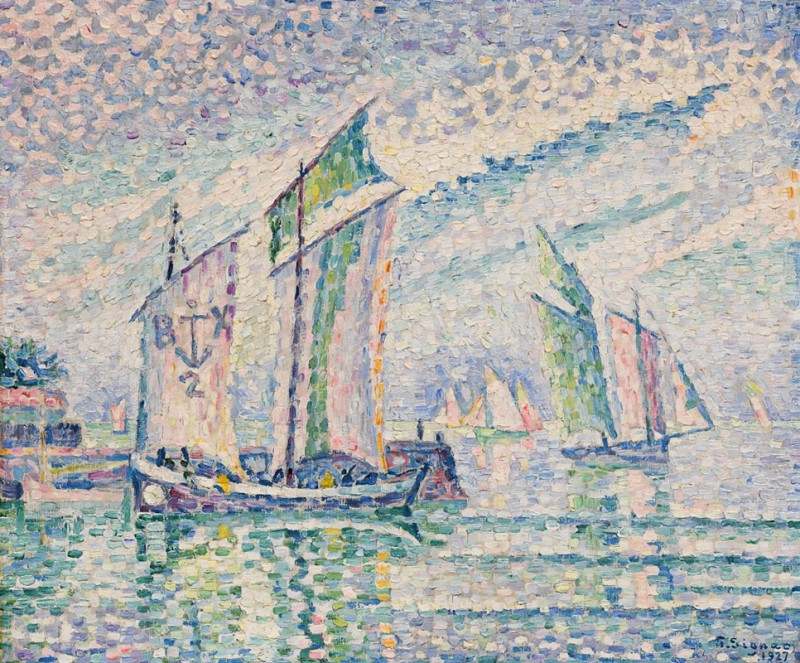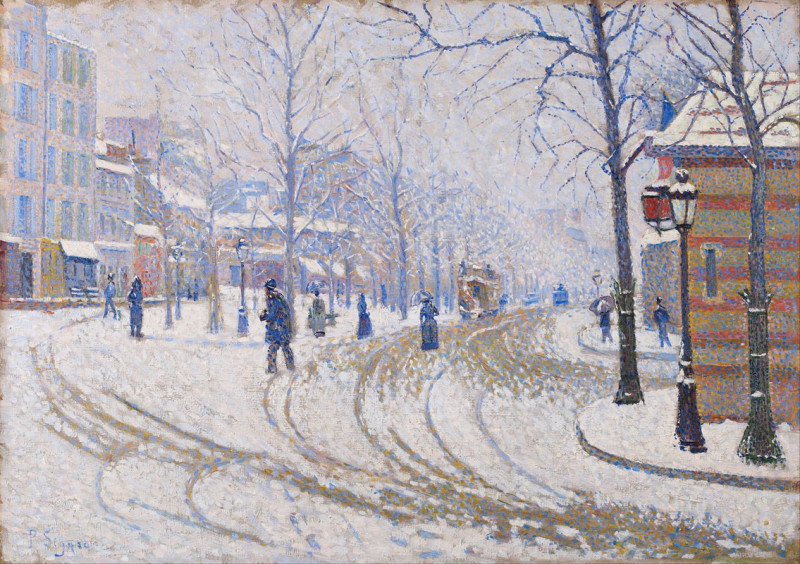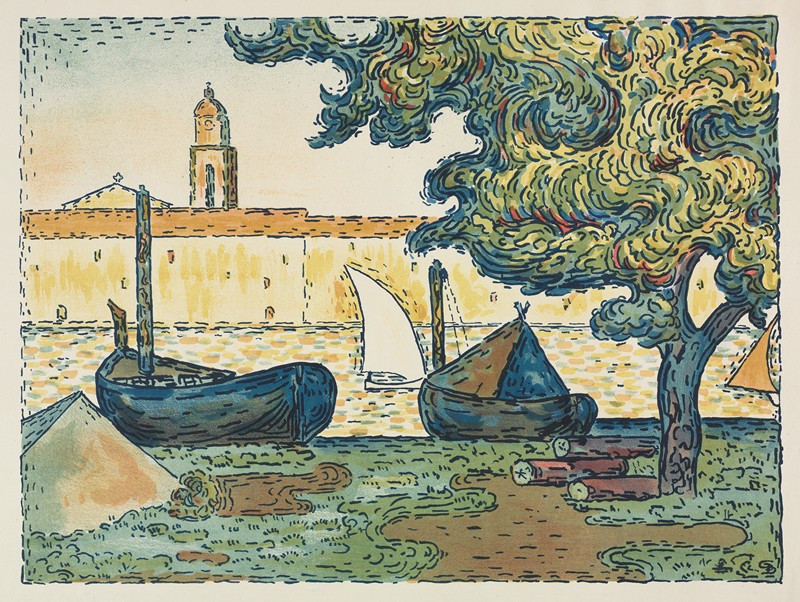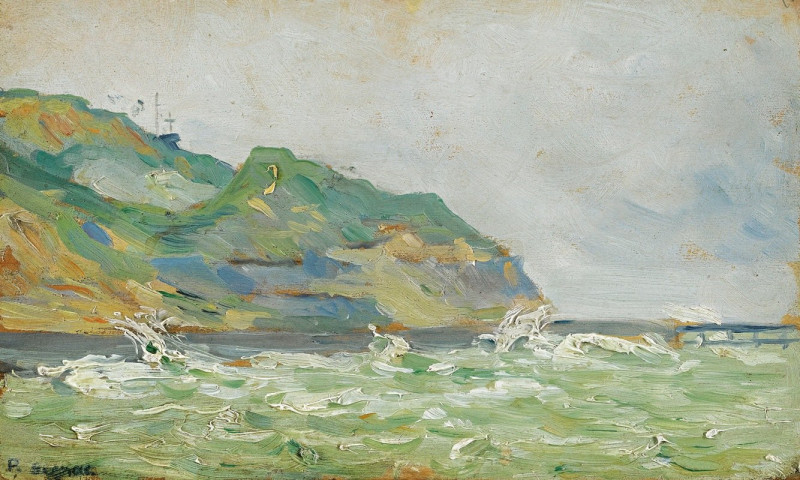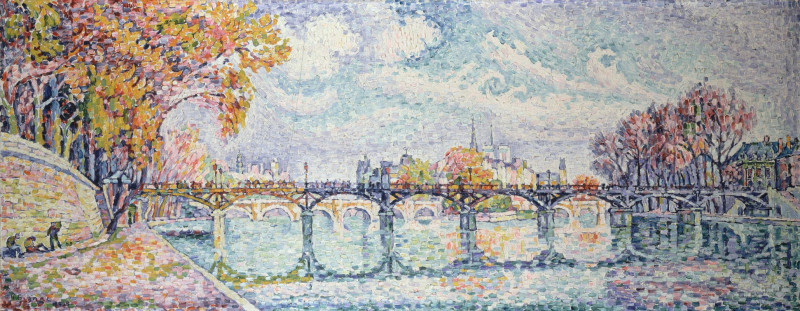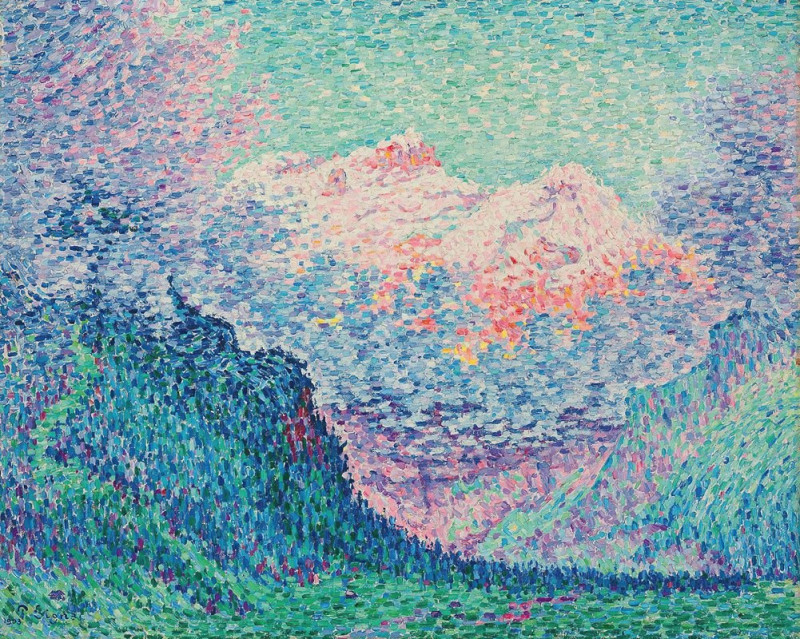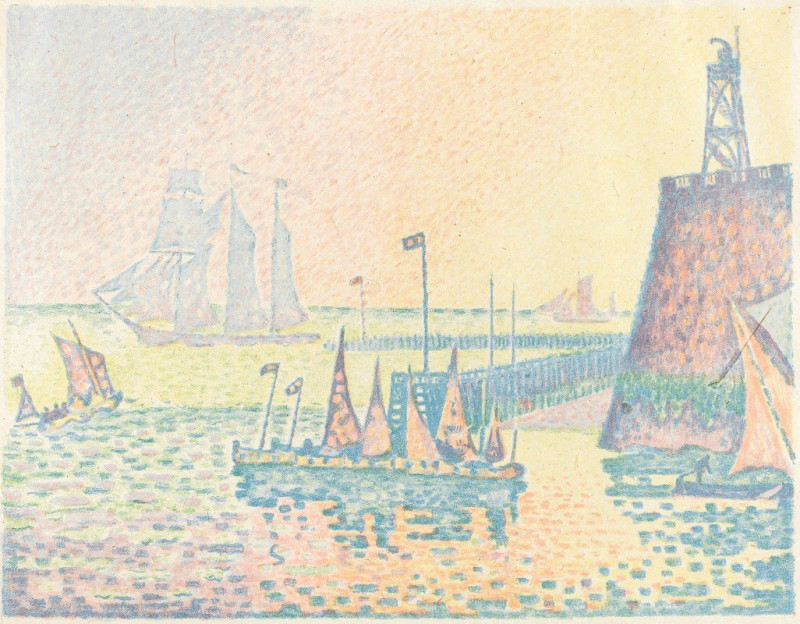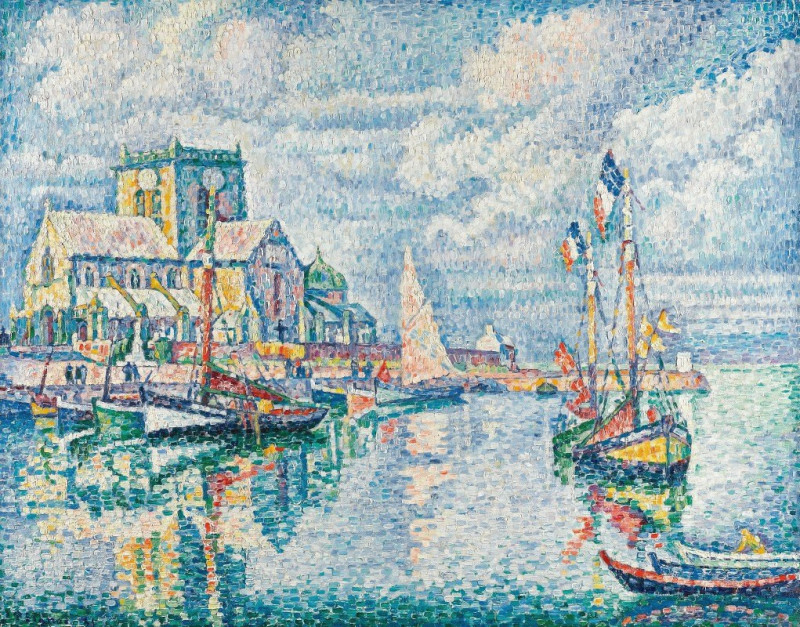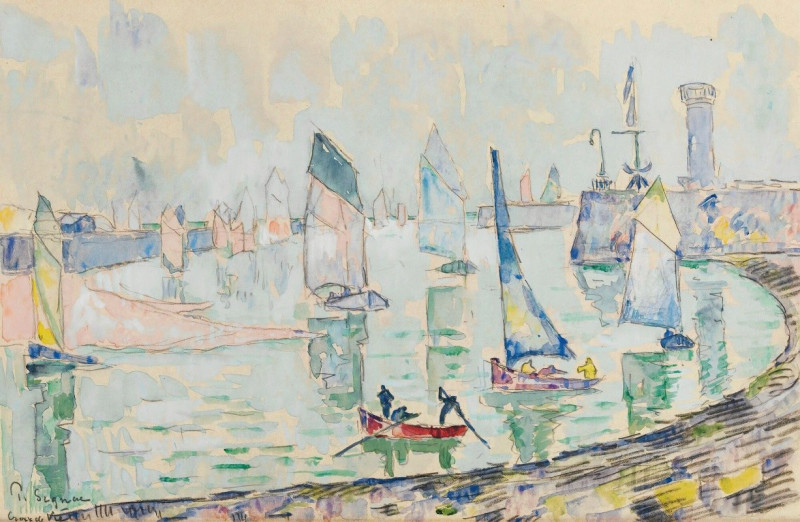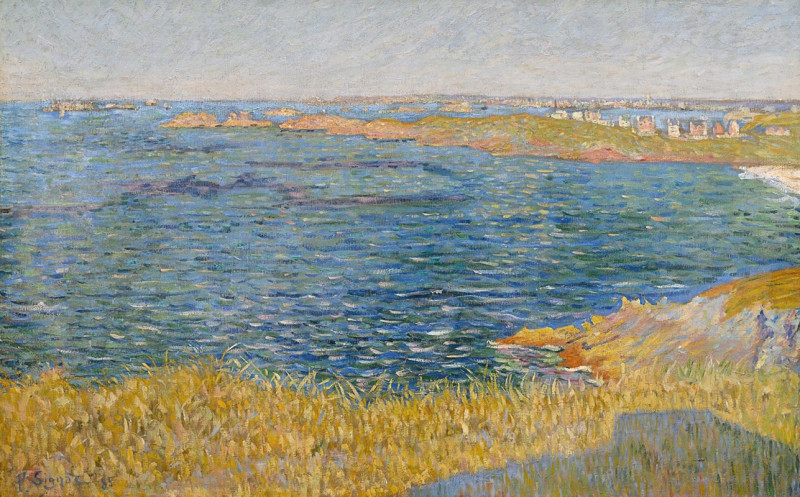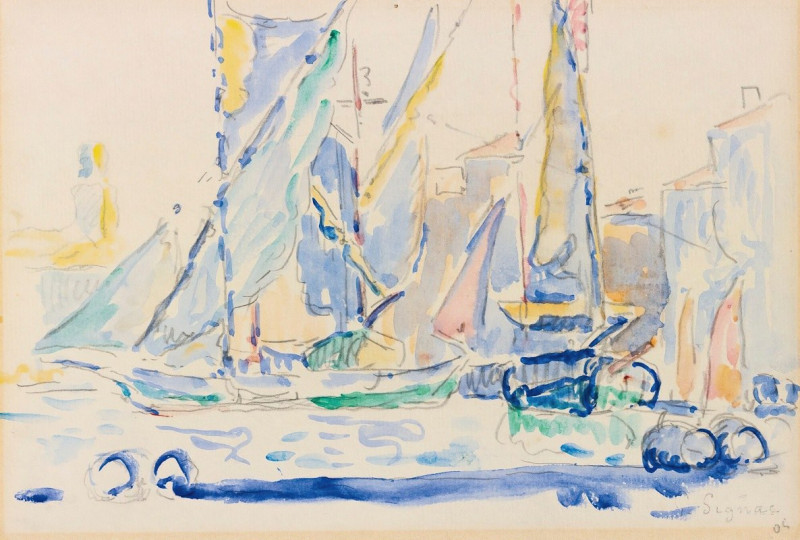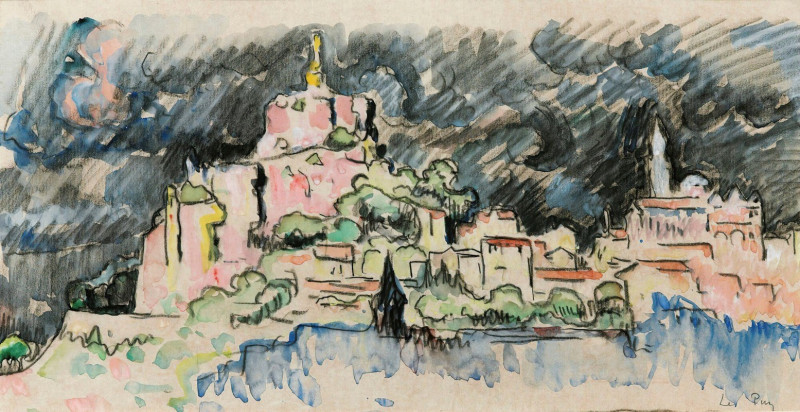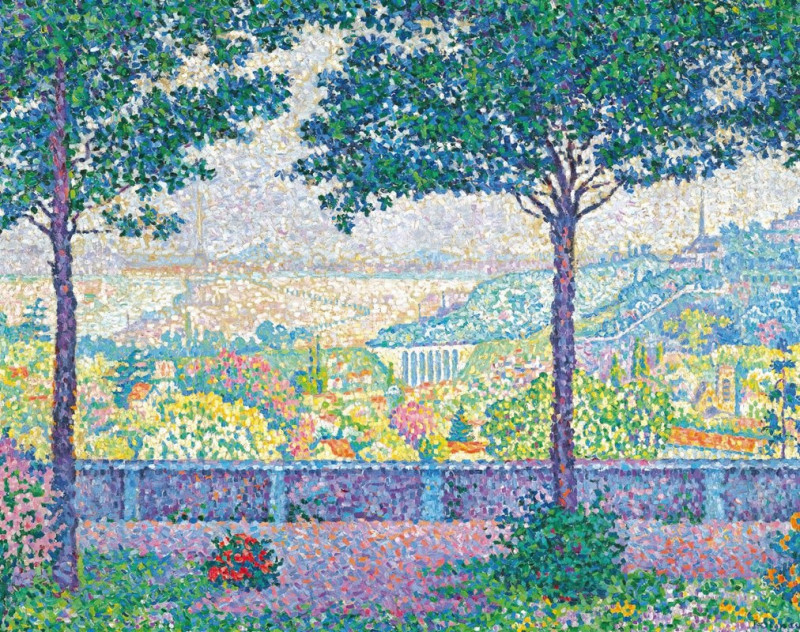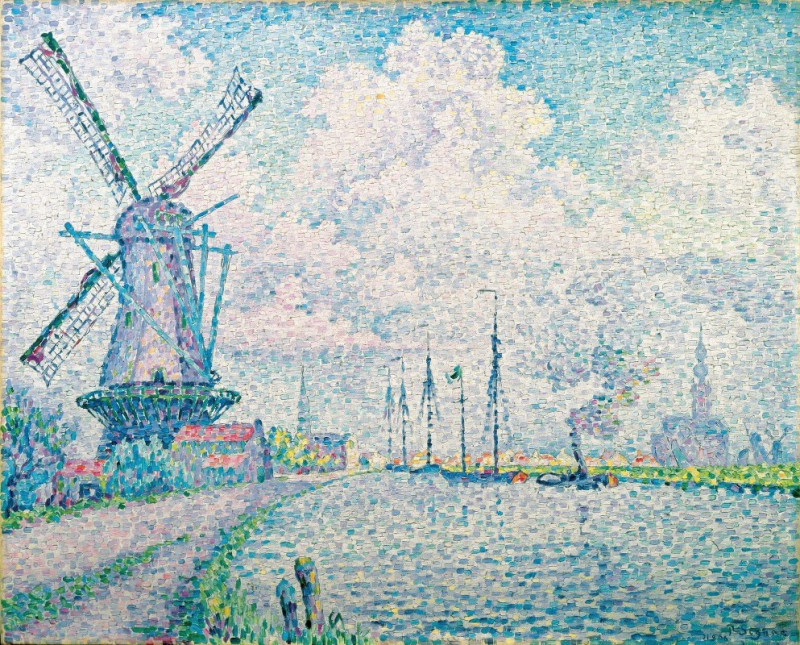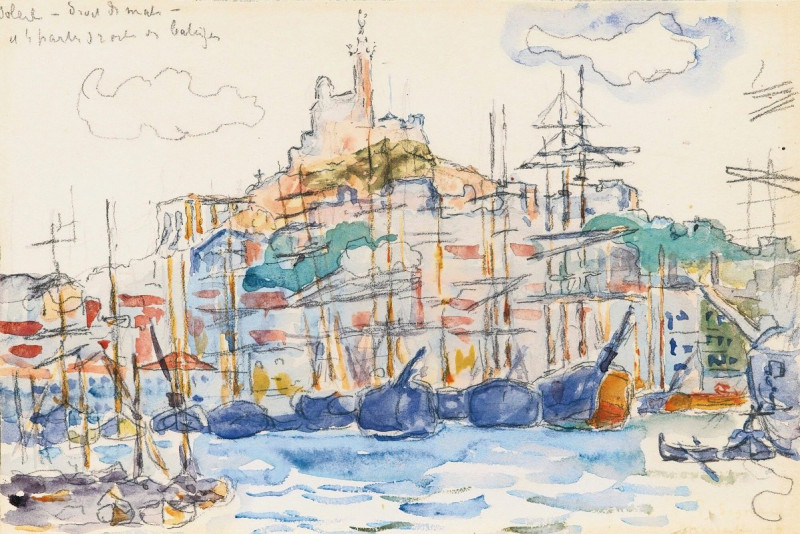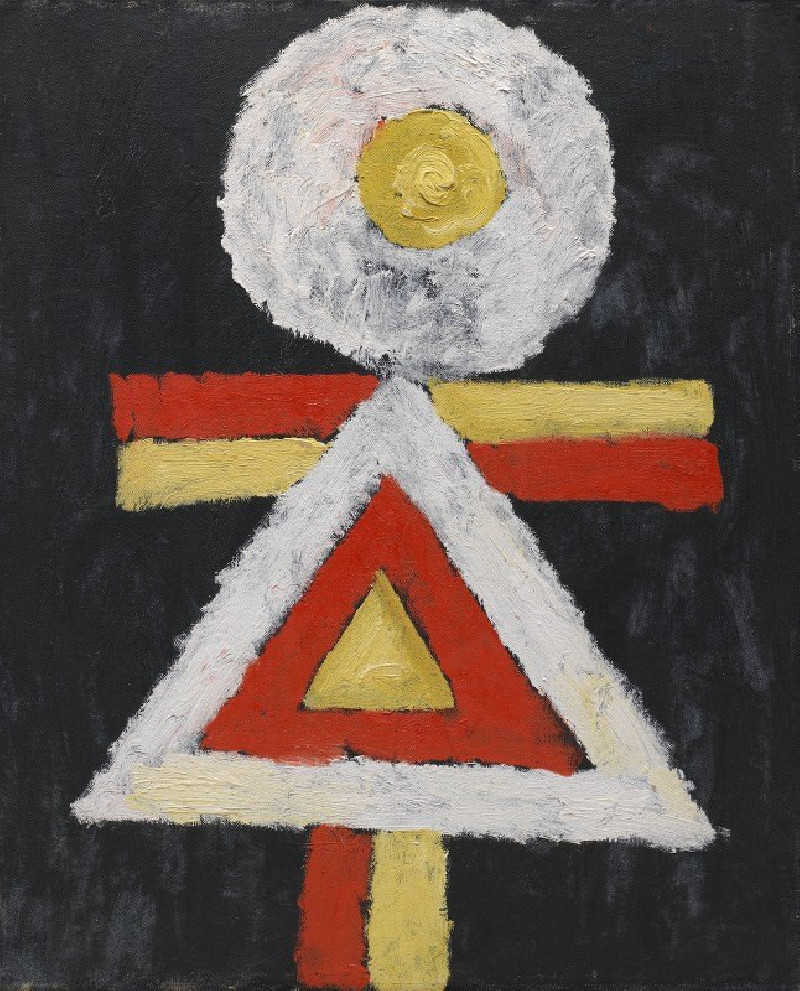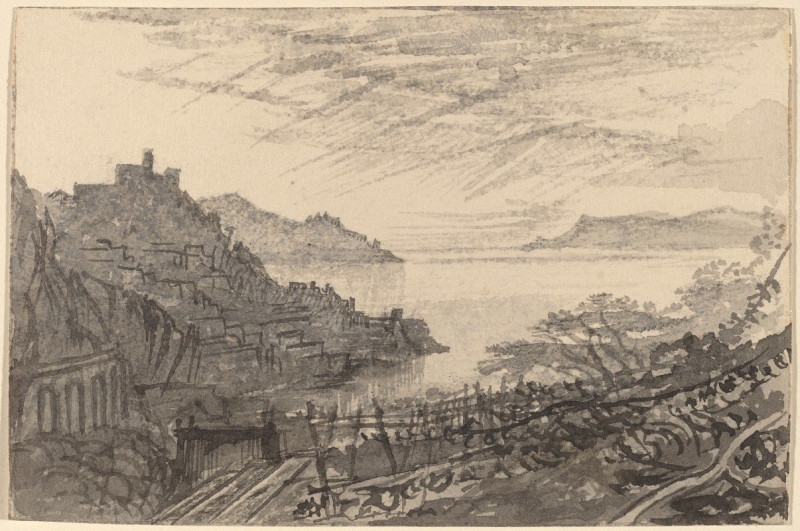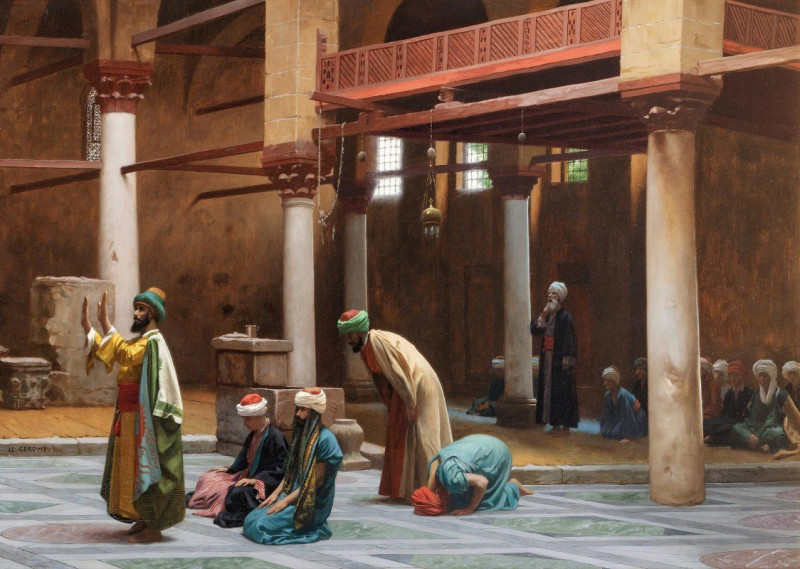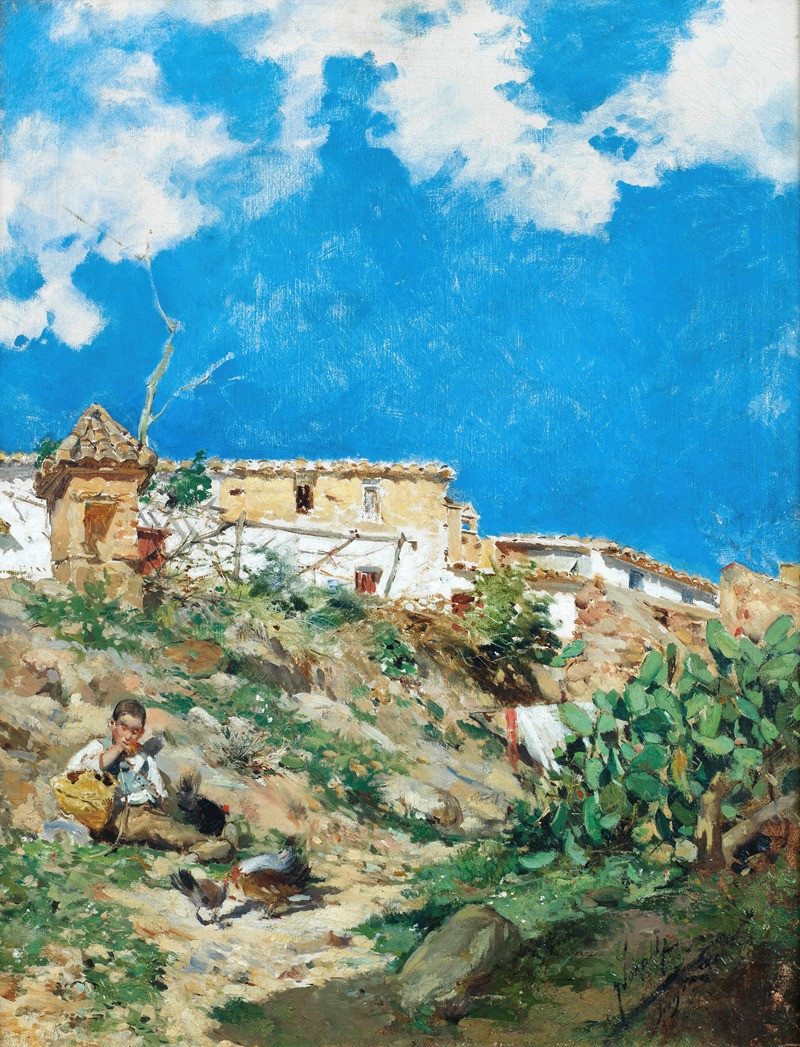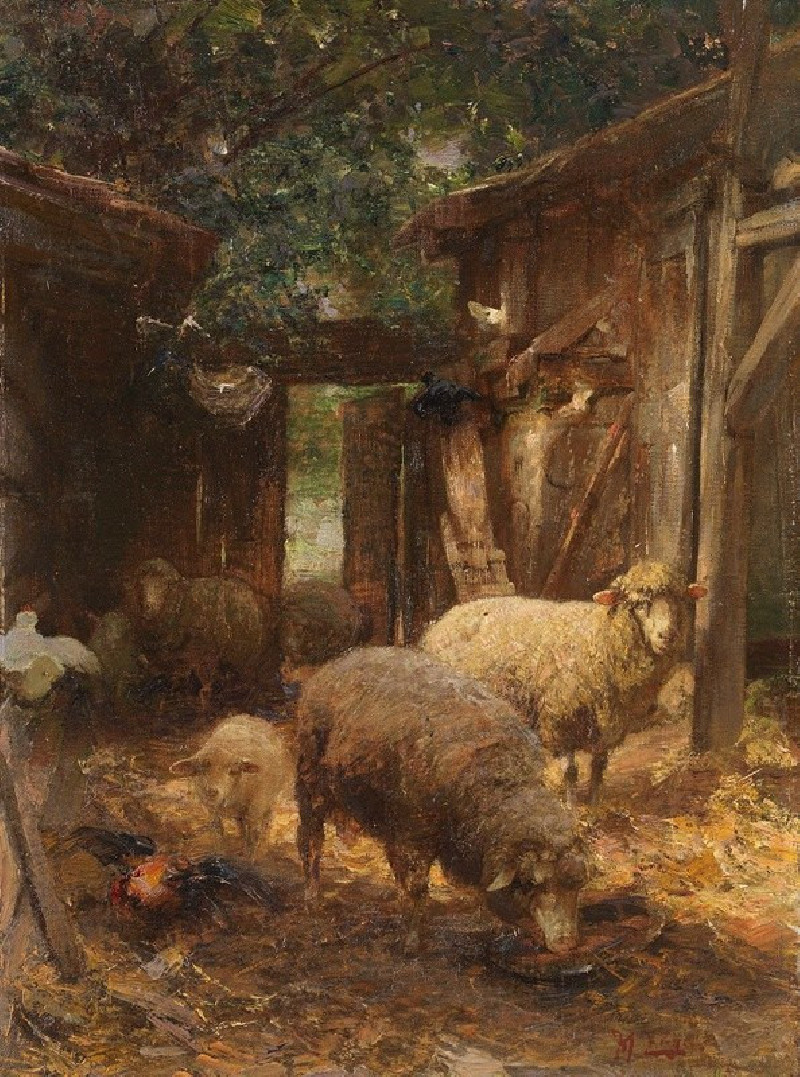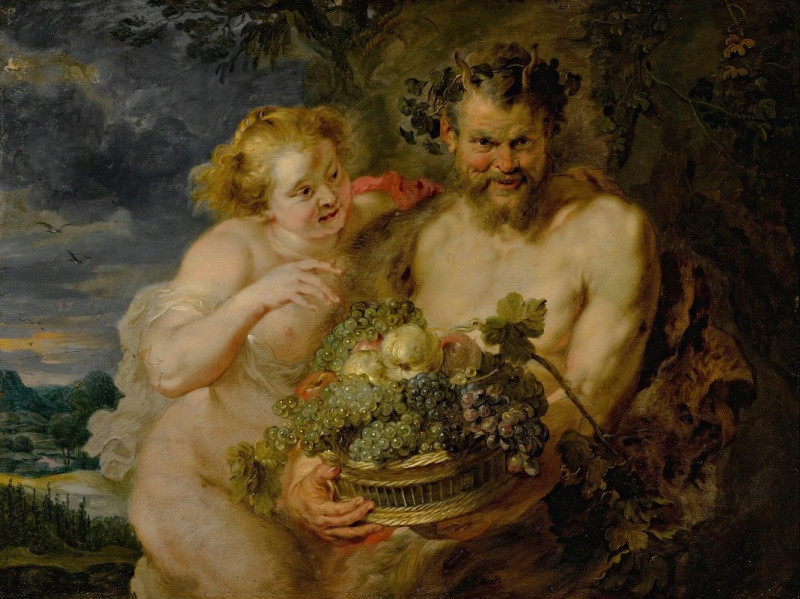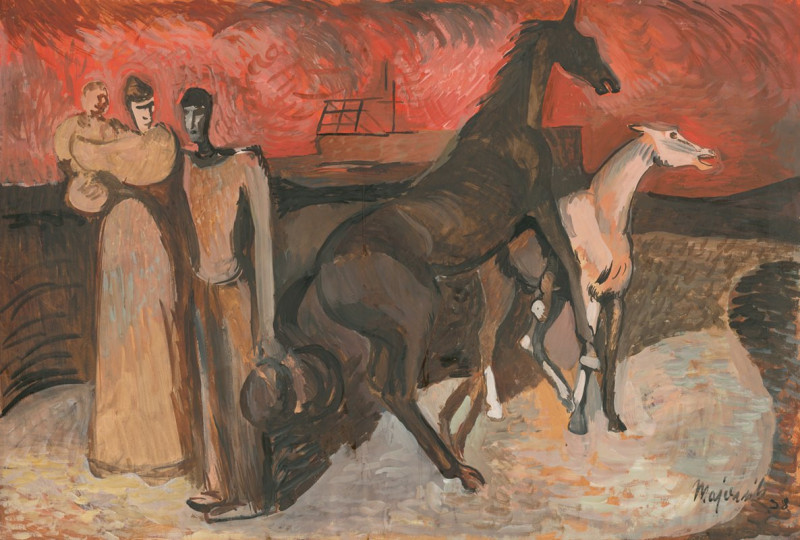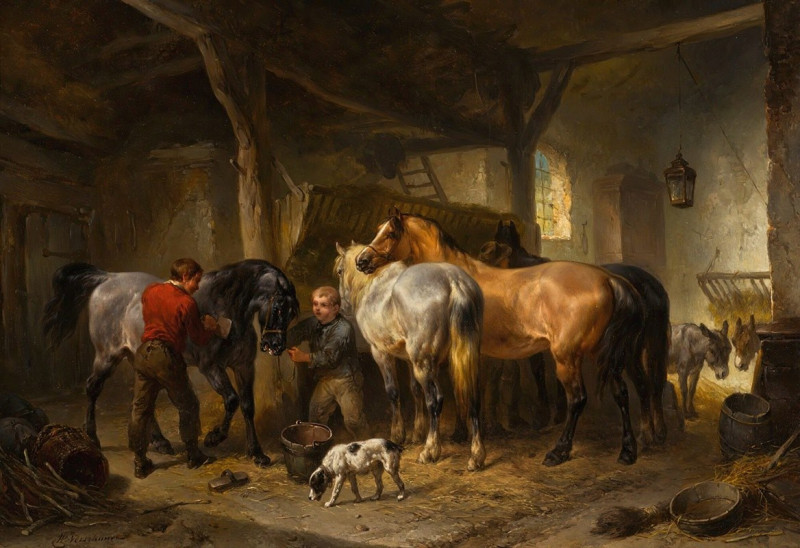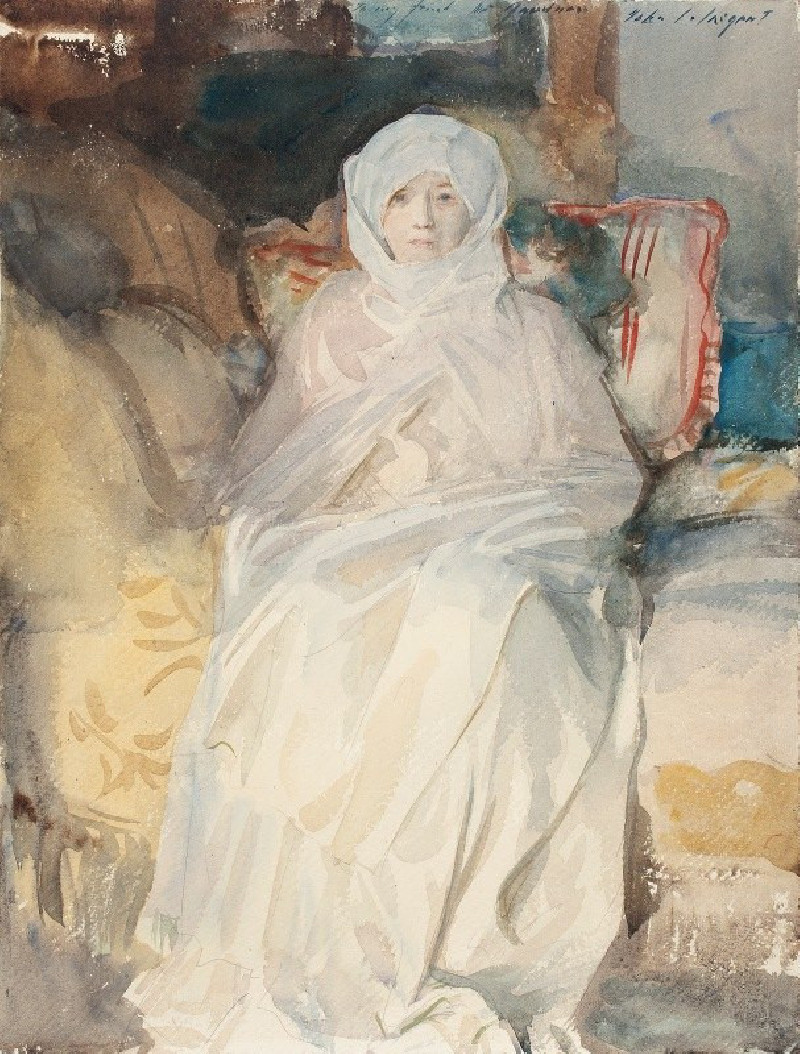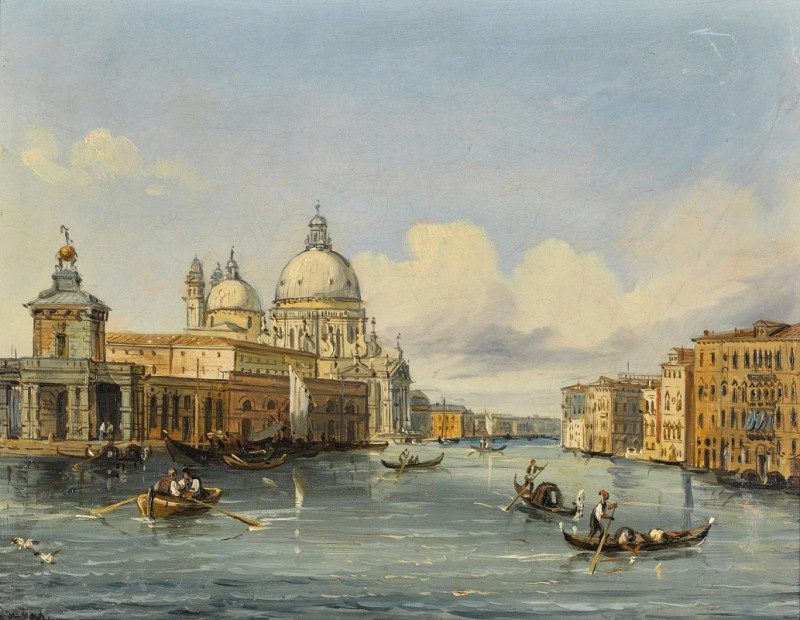Marseille. Voilier (circa 1930)
Technique: Giclée quality print
Recommended by our customers
More about this artwork
Step into the world depicted in "Marseille. Voilier" by Paul Signac, a vibrant and atmospheric work that captures the spirit of Marseille in the early 20th century. Painted circa 1930, this piece showcases Signac's mastery in using vivid colors and dynamic compositions to evoke the lively ambiance of the port city.At the forefront of the painting, a colorful sailboat takes center stage, its sails playfully decorated with splashes of pink, blue, and yellow, reflecting the lively maritime culture of Marseille. The boat is detailed with finesse, its hull adorned with greens and blues that mirror the surrounding water, suggesting movement and fluidity.Beyond the immediate charm of the sailboat, the sketchy yet recognizable silhouette of Notre-Dame de la Garde basilica looms in the background, majestically overseeing the city. The surrounding cityscape is rendered in softer tones and less detail, creating a dreamy backdrop that contrasts with the sharply drawn sails and boat, emphasizing the bustling life at the port."Voyage with Signac through the bustling harbor of Marseille. This exquisite painting not only encapsulates the essence of the city's vivacious harbor life but also immerses us in the historical charm and artistic vision of one of France’s cherished neo-impressionist masters."Step closer and enjoy the immersive experience Signac offers with his distinctive strokes and radiant palette in "Marseille.
Delivery
Returns
Paul Signac (1863-1935) was a French Neo-Impressionist painter. Together with Georges Seurat, Signac developed the Pointillism style. He was a passionate sailor, bringing back watercolor sketches of ports and nature from his travels, then turning them into large studio canvases with mosaic-like squares of color. He abandoned the short brushstrokes and intuitive dabs of color of the impressionists for a more exact scientific approach to applying dots with the intention to combine and blend not on the canvas, but in the viewer's eye.




